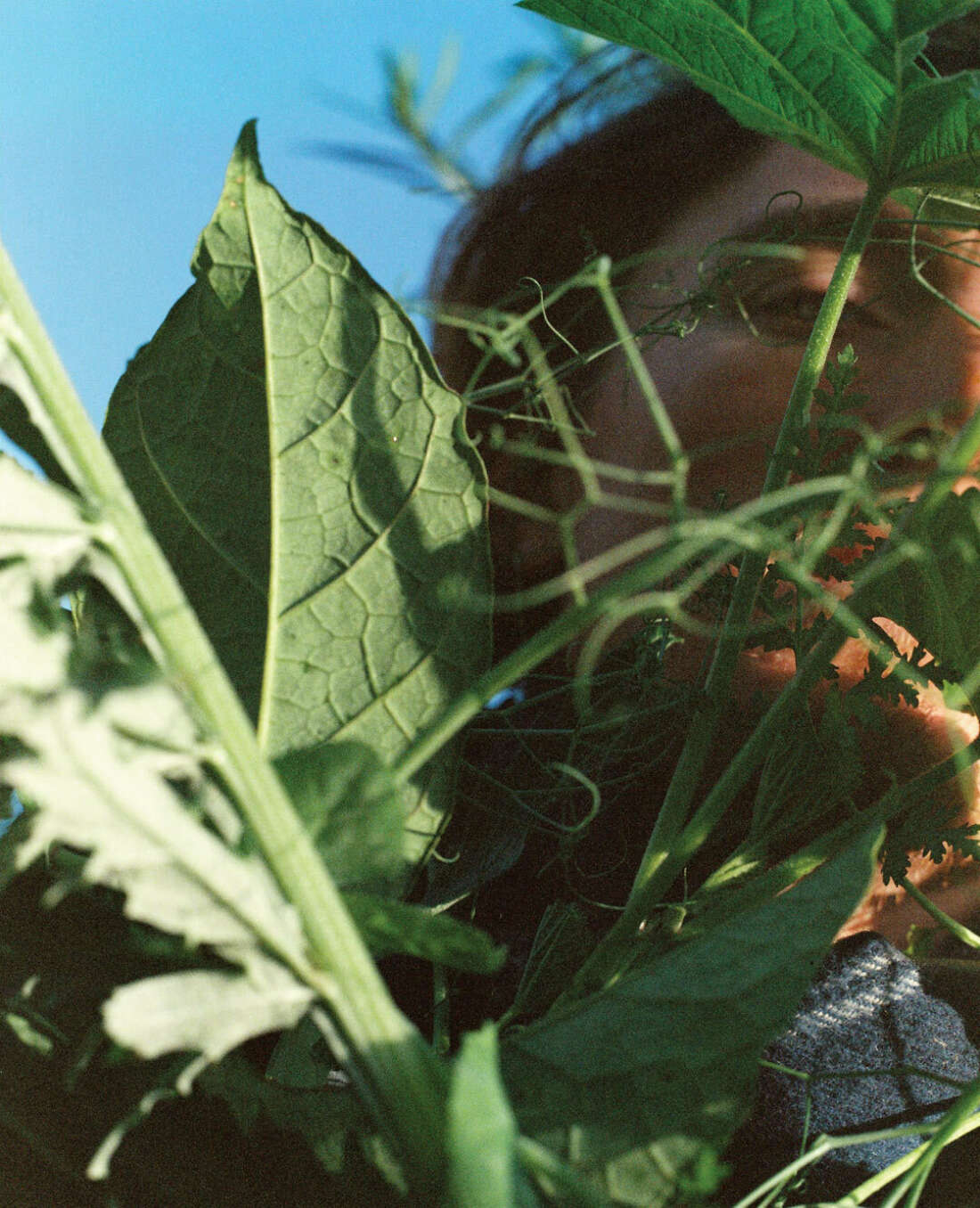Category — Features

Cover crops
Planting a cover crop is a wonderful way to bring a new garden bed to life, or to keep living plants feeding your soil over the winter period, allowing you the time and space to plan your next season.
Traditionally, cover crops are very dense plantings of annual species that are sown by seed into a garden (often in rotation between vegetable crops). They are designed to cover the soil with a diversity of species that feed the soil life through their mineral accumulation and root exudation. There are many different species that growers will choose to plant depending on the season and their desired outcome. Some species build biomass (oats, rye), others fix nitrogen (clover, lupin) or provide habitat and food for pollinators (phacelia, borage). Regardless, they are grown with the purpose of creating a resilient garden, and importantly for you, they are very easy to grow!
Why plant cover crops?
To feed a diversity of soil life
The best cover crops will include a diverse cocktail of species. We like to include at least eight different species, because in the biological garden, diversity is strength. Like every plant, cover crops are capturing the energy from the sun through photosynthesis and turning that energy into simple sugars, which are then fed to the soil microbes through their roots. The taller they grow, the more photosynthesis occurs and so the more sugar they feed the soil microbes. Their roots also grow deeper and entangle themselves into a beautiful web that spreads far and wide. Most importantly, each species feeds a different group of microorganisms, so by increasing the included species, a greater diversity of soil life is supported.
To build soil / organic matter
Cover crops are left to grow wild and tall, without constraint or pruning. The height that we let them grow is also the depth to which the roots will. Many cover crop species are high in carbon and produce roots and leaves that are returned back to the soil and digested by the soil life after the crop is terminated. This increases the soils organic matter content. Unless you are very lucky, most urban soils are lacking in organic matter. Organic matter is crucial to soil life functioning; it holds onto water and is crucial for the global carbon cycle.
Biomass building species: oats, rye, sunflower, lupin, broad beans
To accumulate minerals
Just as every species feeds a diversity of microbes, they also accumulate different minerals into their leaves. The soil microbiology gifts these minerals back to plant in exchange for the sugary snack from the plant. Nitrogen fixing species such as clover, alfalfa, lupin or pea are commonly included in seed blends because they accumulate nitrogen in their root balls, which is then made available to the succeeding crop.
Nitrogen fixing species: alfalfa, clover, hairy vetch, peas, lentils, lupins,
To feed pollinators and biodiversity
Aside from grasses, the majority of common cover crop species will flower near the end of their life and grace you with a stunning palette of color and vibrancy that our insect friends have a banquet on. This cascade of flowers is often one of the most rewarding and beautiful parts of the cover crop process.
Beneficial flower species: Phacelia, Clover, Dill, Bishops flower, Chamomile… and many more
To smother weeds
If you have sown your cover crop correctly, the seeds will germinate very quickly and there will be little chance (or space) for a ‘weed’ species to develop. The leaves will form a canopy, their rapid growth will shade out any other weed species. Weeds will not grow if you give them no space to. If you keep planting cover crops with an addition of compost each time and don’t till or dig over the soils in-between, you will build immense fertility and reduce the weed pressure at the same time.
To prevent water and soil run off
As their name suggests, cover crops cover the soil and hold on to topsoil with their dense root systems. If there are no roots holding onto the soil when a heavy downpour arrives, the top couple of inches of soil can easily be washed away. The biomass built above the soil slows down the vertical penetration of rain and gives the soil time to suck it all up.
How to plant
The first and the most important thing is never till, fork, or dig over the soil. The moment you do this, you kill billions of highly beneficial fungi and bacteria, as well as propagating hundreds of seeds from your soil’s seed bank — something you don’t want to do right before you are sowing your own seed!
Terminate the lives of the existing species in your patch by hand weeding. You should only dig their roots out if they spread via root division, otherwise just chop them off right at the very base of the soil. Once there are no living plants left, apply a layer of fine compost (sand-based composts are wonderful) and sow your seeds into this by sprinkling them evenly over the top. Make sure to sow your seeds the same day as weeding to get a head start on the propagation from the soil bank. Larger seeds will need to be buried into the soil in order to propagate, so you can either rake these in or cover them with another light application of compost.
If you have it available, place a shade cloth over the soil to keep it moist and protect the sprouting seeds from bird attack. Once they have sprouted and their true leaves are showing this can be removed and your job is done. You can sit back and watch it feed the soil and grow your fertiliser for you!
Cover crops can be planted all year around: though they are most commonly sown throughout the months of Spring and Autumn, there are also summer varieties.
What to do afterwards
There comes a point where you must terminate your cover crop to replace it with the next crop. You want to leave your crop to flower but chop it down before it sets seed. This is because plants use up many of the nutrients they have accumulated in the production of seed (nitrogen fixers are a classic example of this).
Again, do not dig over the soil. The key here is to have some seedlings ready to plant into your crop the moment after you chop it down. Scythe off the cover crop at its base and lay the mulch aside to dry out. Add a light sprinkling of compost and plant your spring or autumn seedlings into the stubble of the cover crop. You can then chop up the cover crop leaves and lay them around the seedlings as mulch. This strategy works wonders for spring and summer plantings of cucurbits (cucumber, zucchini, pumpkin, squash), nightshades (tomato, aubergine), and grunty brassicas (cabbage, broccoli).
Cover crops can be sown in late August and will grow exceptionally well for November plantings of your favorite summer vegetables.
Cover crop seed can be purchased online from kingsseeds.co.nz from the field selection category of their website.
Happy growing, and please remember, don’t dig!
